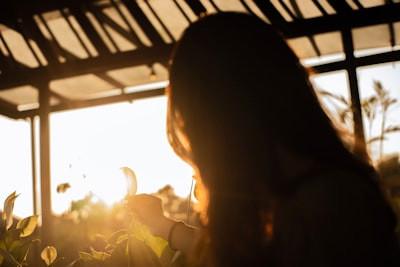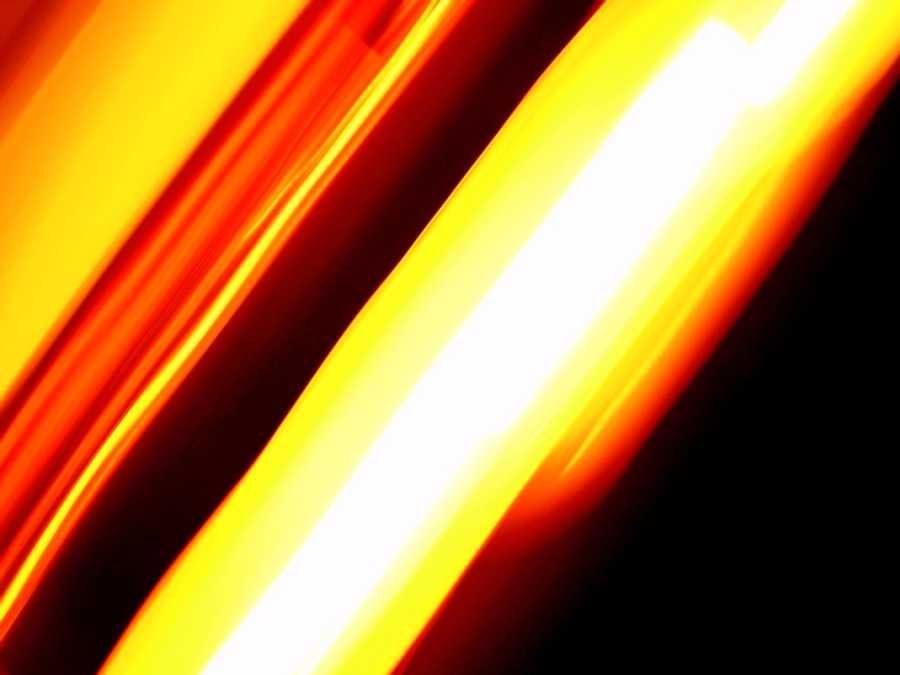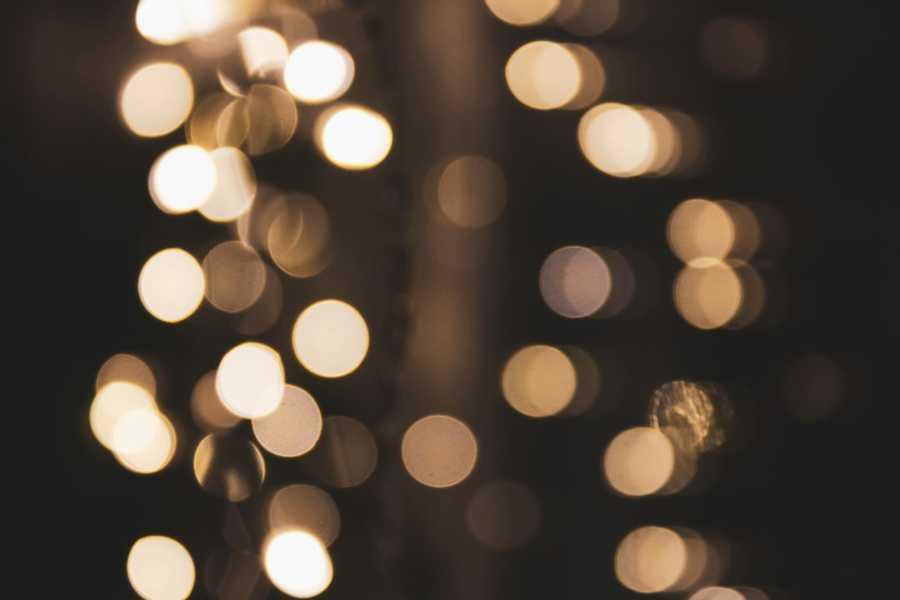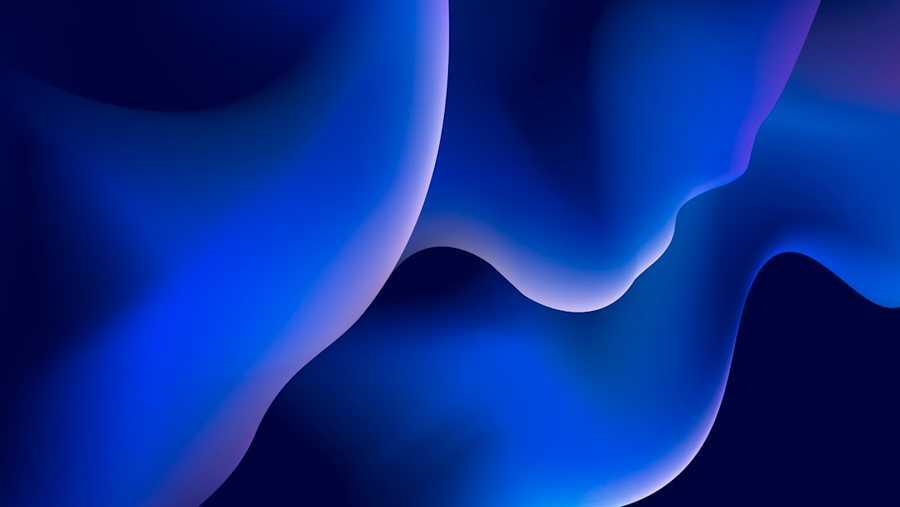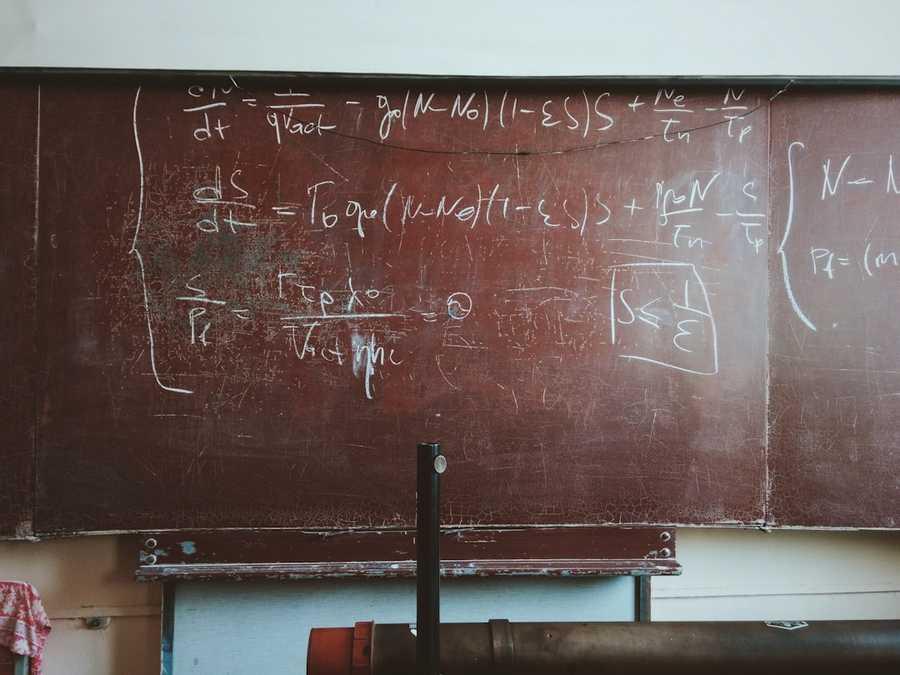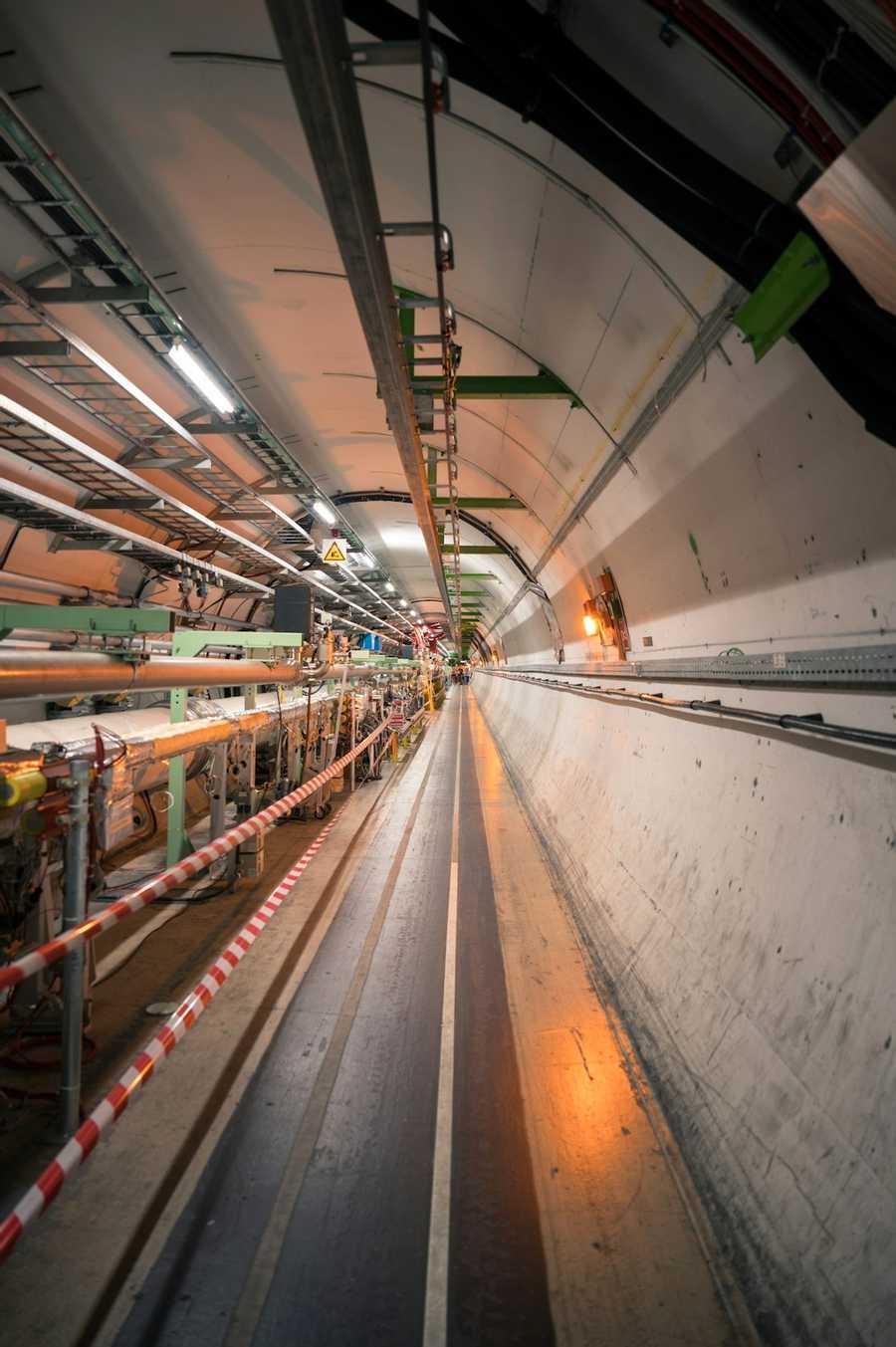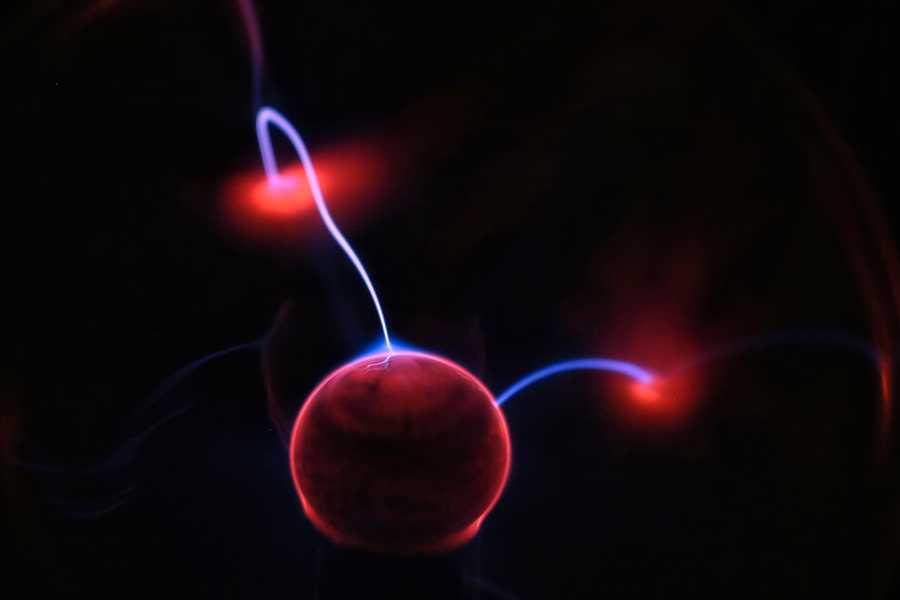Can light melt atoms into goo?
Curated from: symmetrymagazine.org
Ideas, facts & insights covering these topics:
12 ideas
·232 reads
3
Explore the World's Best Ideas
Join today and uncover 100+ curated journeys from 50+ topics. Unlock access to our mobile app with extensive features.
CERN sees evidence of quark-gluon plasma during collision
Scientists at the Large Hadron Collider have recently studied how, imbued with enough energy, photons can bounce off of one another like massive particles do. Scientists at the LHC and the Relativistic Heavy Ion Collider have also reported seeing photons colliding and converting that energy into massive particles.
The photon’s most recent seemingly impossible feat? Smashing so hard into a lead nucleus that the collision seems to produce the same state of matter that existed moments after the Big Bang.
7
80 reads
Stimulated Quark-Gluon Plasma Formation
Although they have known for years they could produce small amounts of quark-gluon plasma in collisions between heavy ions, this is the first time scientists have reported possible evidence of quark-gluon plasma in the aftermath of a collision between the nucleus of a heavy ion and a massless particle of light.
Collisions between photons and lead nuclei are common inside the LHC. Their first round of results indicate the answer could be yes, an insight that might provide a new understanding of fluid dynamics.
6
26 reads
The Large Light Collider
They went looking for collisions between photons and nuclei, called photonuclear collisions, in data collected during the lead-ion runs at the LHC. These runs have happened in the few weeks just before the LHC’s winter shutdown each year that the LHC has been in operation.
Lead nuclei are made up of protons and neutrons, which are made up of even smaller fundamental particles called quarks. “You can think of the nucleus like a bag of quarks,” Noronha-Hostler says.
This bag of quarks is held together by gluons, which “glue” small groups of quarks into composite particles called hadrons.
6
26 reads
The Photons Having A Moment
When two lead nuclei collide at high energy inside the LHC, the gluons can lose their grip, causing the protons and neutrons to melt and merge into a quark-gluon plasma. The now-free quarks and gluons pull on each other, holding together as the plasma expands and cools.
Eventually, the quarks cool enough to reform into distinct hadrons. Scientists can reconstruct the production, size and shape of the original quark-gluon plasma based on the number, identities and paths of hadrons that escape into their detectors.
7
16 reads
A Trigger That Picks Out The Photon-Zapped Lead Ions
During the lead-ion runs at the LHC, nuclei aren’t the only things colliding. Because they have a positive charge, lead nuclei carry strong electromagnetic fields that grow in intensity as they accelerate. Their electromagnetic fields spit out high-energy photons, which can also collide—a fairly common occurence.
Despite their frequency, no one had ever closely examined the detailed patterns of these kinds of photonuclear collisions at the LHC. For this reason, ATLAS scientists had to develop a specialized trigger that could pick out the photon-zapped lead ions from everything else.
6
15 reads
The Trigger
Luckily, photonuclear collisions have a special asymmetrical shape due to the momentum differences between the tiny photon and the massive lead ion: “It’s like a truck hitting a trash can,” Seidlitz says. “All the debris from the collision will move in the direction of the truck.”
Seidlitz designed a trigger that looked for collisions that generated a small number of particles, had a skewed shape, and saw remnants of the partially obliterated lead ion embedded in special detectors 140 meters away from the collision point.
6
9 reads
Recognizable Particle-flow
After collecting and analyzing the data, Seidlitz, Perepelitsa and their colleagues saw a particle-flow signature characteristic of a quark-gluon plasma.
The finding alone is not enough to prove the formation of a quark-gluon plasma, but it’s a first clue. “There are always potential competing explanations, and we need to look for other signatures of quark-gluon plasma that could be there,” Perepelitsa says, “but we haven’t measured them yet.”
If the photonuclear collisions are indeed creating quark-gluon plasma, it could be a kind of quantum trick, Perepelitsa says.
6
10 reads
The Original Discovery
Perepelitsa and his colleagues are dubious that a massless photon could pack a powerful enough punch to melt part of a lead nucleus, which contains 82 protons and 126 neutrons. “It would be like throwing a needle into a bowling ball,” he says.
Instead, he thinks that just before impact, these photons are undergoing a transformation predicted by Paul Dirac.
In 1931, Dirac published a paper predicting a new type of particle. The particle would share the mass of the electron but have the opposite charge. If it collides with an electron, the two will have a chance of annihilating one another.
6
11 reads
A Quantum Transformation
It was the positron, the first predicted particle of antimatter. In 1932, Caltech physicist Carl Anderson discovered the particle, and later physicists spotted the annihilation process Dirac had predicted as well.
When matter and antimatter meet, the two particles are destroyed, releasing their energy in the form of a pair of photons.
Scientists also see this process happening in reverse, Noronha-Hostler says. “Two photons can interact and create a quark-antiquark pair.”
Before annihilating, that quark-antiquark pair can bind together to make a hadron.
6
15 reads
Bullet Over A Bowling Ball
Perepelitsa and his colleagues suspect that the collisions they’ve observed, in which photons appear to be colliding with lead nuclei and creating a small amount of quark-gluon plasma, are not actually collisions between nuclei and photons. Instead, they’re collisions between nuclei and those tiny, ephemeral hadrons.
This makes more sense, Perepelitsa says, as hadrons are bigger in size than photons and are capable of more substantial interactions. “It’s no longer a needle going into a bowling ball, but more like a bullet.”
6
8 reads
The Smallest Drop
For now, the exact mechanism that may be causing this quark-gluon plasma signature within photonuclear collisions remains a mystery. Whatever is going on, Noronha-Hostler says figuring out these collisions could be an important step in quark-gluon plasma research.
LHC scientists’ usual method of studying the quark-gluon plasma has been to examine crashes between lead nuclei, which create a complex soup of quarks and gluons. “We thought originally that the only way we could produce a quark gluon plasma was two massive nuclei hitting each other,” she says.
6
7 reads
Conclusion
"We're pushing to the most extremes in fluid dynamics,” Noronha-Hostler says. “Not only do we have something that is moving at the speed of light and at the highest temperatures known to humanity, but it looks like we are going to be able to answer ‘What is the smallest droplet of a liquid?’ No other field can do that.”
If photonuclear collisions are creating quark-gluon plasma, it’s in the form of a tiny droplet composed of a few vaporized protons and neutrons.
Scientists are hoping to study these droplets to learn more about how liquids behave on subatomic scales.
6
9 reads
IDEAS CURATED BY
I owe my originality to a technical clusterfuck of emotions driven by angst and my dad's radio.
Ahana Chakraborty's ideas are part of this journey:
Learn more about personaldevelopment with this collection
How to apply new knowledge in everyday life
Why continuous learning is important
How to find and evaluate sources of knowledge
Related collections
Similar ideas
2 ideas
What is an Atom?
livescience.com
2 ideas
Large Hadron Collider - Wikipedia
en.wikipedia.org
23 ideas
The Anti-Universe
medium.com
Read & Learn
20x Faster
without
deepstash
with
deepstash
with
deepstash
Personalized microlearning
—
100+ Learning Journeys
—
Access to 200,000+ ideas
—
Access to the mobile app
—
Unlimited idea saving
—
—
Unlimited history
—
—
Unlimited listening to ideas
—
—
Downloading & offline access
—
—
Supercharge your mind with one idea per day
Enter your email and spend 1 minute every day to learn something new.
I agree to receive email updates
